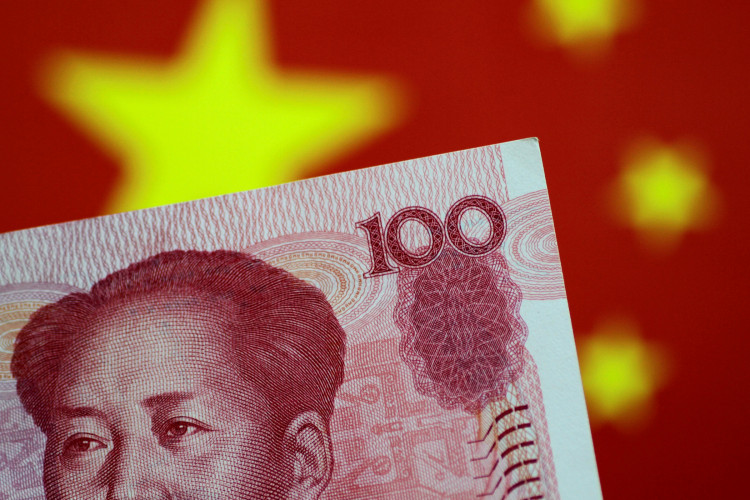China has approved an ambitious 6 trillion yuan ($839 billion) plan aimed at refinancing local government debt over the next three years, marking a significant effort to stabilize and stimulate the world's second-largest economy. The move comes as the nation grapples with slowing growth, mounting debt, and economic pressures exacerbated by a weakening real estate market and the aftermath of strict pandemic restrictions.
Announced on Friday, the plan allows for annual allocations of 2 trillion yuan from 2024 to 2026, according to Xu Hongcai, vice-chairman of the National People's Congress's financial and economic committee. The initiative aims to reduce the "hidden debt" burden of local governments, which Finance Minister Lan Fo'an estimated at 14.3 trillion yuan ($2 trillion) by the end of 2023. Hidden debt refers to financial obligations not publicly disclosed, often tied to local government financing vehicles.
Lan described the debt relief initiative as a "fundamental shift" in China's approach to debt restructuring and emphasized that the country's debt risk remains "controllable." He noted that by the end of 2028, the hidden debt is expected to decline to approximately 2.3 trillion yuan ($320.9 billion). In addition, the government plans to raise the ceiling on special bond issuances to 35.52 trillion yuan ($4.96 billion) from the previous 29.52 trillion yuan ($4.12 billion), providing more room for local governments to manage their finances.
Local governments have seen their debts balloon in recent years due to pandemic-related expenditures and dwindling tax revenues, further compounded by a downturn in the property market. Land sales, a critical revenue source for local authorities, have slowed, leaving many unable to meet basic obligations or invest in economic growth initiatives. "Since the beginning of this year, affected by a variety of factors, the central and local (government) fiscal revenues have fallen short of expectations," Lan acknowledged during a press conference.
Economists have been calling for bold measures to reignite China's economy, which has shown signs of fragility. In September, the central bank relaxed borrowing restrictions, sparking a brief rally in the stock market, but analysts say a more substantial stimulus is needed. Mark Williams, chief Asia economist at Capital Economics, expressed skepticism about the impact of the debt plan. "Today's fiscal announcement is another disappointment for those expecting substantial stimulus," Williams wrote, noting that the package represents only 0.5% of current GDP spread over five years.
Despite the tempered expectations, there are positive signs. The economy experienced a modest rebound in the past two months, with auto sales and exports showing growth, and a survey of manufacturers turning positive in October after months of contraction. Still, the Communist Party's longer-term focus on transitioning China into a high-tech and green-energy economy remains a priority, even as short-term fixes become increasingly urgent.
The Standing Committee of the National People's Congress, which concluded a five-day meeting to finalize the plan, indicated that more policy measures could be forthcoming. Government officials have hinted at further spending initiatives, though details remain sparse. Lan's statements underscored the government's resolve to address economic imbalances while maintaining financial stability.
Larry Hu, chief China economist at Macquarie Bank, highlighted the plan's dual objectives: achieving GDP growth targets and reducing debt risks. "It may be disappointing for those who were expecting the NPC meeting to approve a massive fiscal package. But the expectation is unrealistic, because the policy goal is to achieve the GDP growth target and reduce tail risks, not to reflate the economy in any meaningful way," Hu said.
China's GDP grew by 4.6% from July to September compared with a year earlier, slightly above analysts' predictions but below the government's annual target of around 5%. The modest growth underscores the challenges Beijing faces in reviving its economy. Structural reforms, including debt relief for local governments, are seen as crucial to avoiding a deeper slowdown.
The approval of the debt refinancing plan is a step toward stabilizing local government finances and averting potential defaults that could ripple through China's economy. However, analysts caution that more aggressive measures may be needed to achieve sustained recovery. "Reflating the economy would require much more aggressive policies," Hu noted, pointing to lingering deflationary pressures and fragile consumer confidence.






